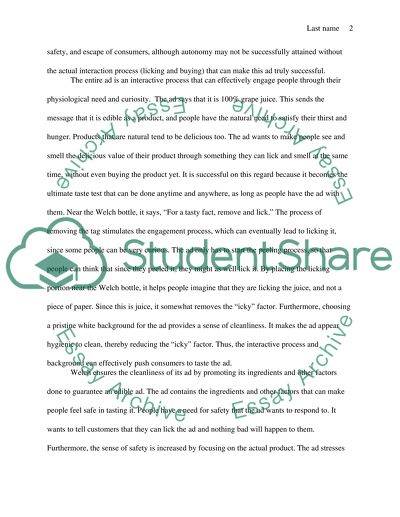Cite this document
(“Lickable Marketing: The Welch Grape Juice Print Advertisement Essay”, n.d.)
Lickable Marketing: The Welch Grape Juice Print Advertisement Essay. Retrieved from https://studentshare.org/english/1457937-expository-informational-essay
Lickable Marketing: The Welch Grape Juice Print Advertisement Essay. Retrieved from https://studentshare.org/english/1457937-expository-informational-essay
(Lickable Marketing: The Welch Grape Juice Print Advertisement Essay)
Lickable Marketing: The Welch Grape Juice Print Advertisement Essay. https://studentshare.org/english/1457937-expository-informational-essay.
Lickable Marketing: The Welch Grape Juice Print Advertisement Essay. https://studentshare.org/english/1457937-expository-informational-essay.
“Lickable Marketing: The Welch Grape Juice Print Advertisement Essay”, n.d. https://studentshare.org/english/1457937-expository-informational-essay.


